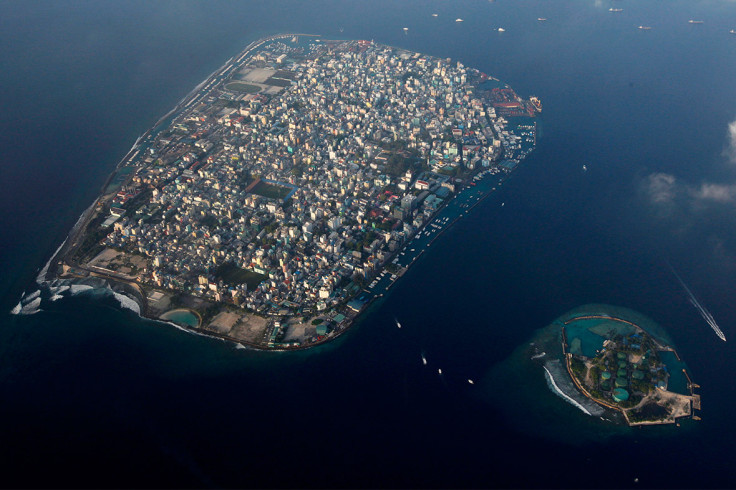UN Lima climate talks: Developed world refuses more funds while developing nations focus on adaptation

The inevitable clash of interests of nations was once again pronounced at the UN-sponsored climate talks at Lima, with the developing nations demanding the rich nations do more to cut emissions and help the poor nations with more funds and technology.
The developed world, led by the US, called for dropping a reference on renewed commitments, claiming they were doing enough.
Switzerland in fact insisted that unless a paragraph calling for new commitments of finance after 2020 was left out of the text, there would be no agreement in Lima, reports the Business Standard.
India sought more weightage for adaptation measures, saying it was critical to the country's development paradigm.
Poor and developing countries need to grow and this will lead to unavoidable emissions, was the message.
Without denying the need for mitigation measures, India asked for including the "adaptation" element in the new agreement in a "comprehensive and balanced" manner.
Adaptation with mandatory support of developed countries in terms of finance and technology transfer was the demand of developing nations.
However, developed nations say they are already acting to reduce greenhouse gas emissions and point to almost £6bn raised in recent weeks for a Green Climate Fund to help developing nations cope with climate change.
Arguments on a co-chair driven process being biased saw developing nations demand the chair stick to nations' proposals and not pick and choose what they want.
Earlier, the European Union delegation called for legally binding cuts applying to all countries to be adopted by 2015 and entered into force by 2020.
This runs counter to the US stand favouring some legally binding elements while giving countries the freedom to determine the scale and pace of their emissions reductions.
US and EU commitments
The US pledged to cut its emissions to 26-28% below 2005 levels by 2025 while the EU has agreed to binding 40% cuts by 2030 from 1990 levels.
About 190 countries are meeting in Lima to decide on a global climate deal to be agreed in Paris next year. The talks come at a time when crucial evidence has been piling up on the already accelerated state of global warming, with rapidly melting glaciers and record temperatures proving the pace.
© Copyright IBTimes 2025. All rights reserved.





















